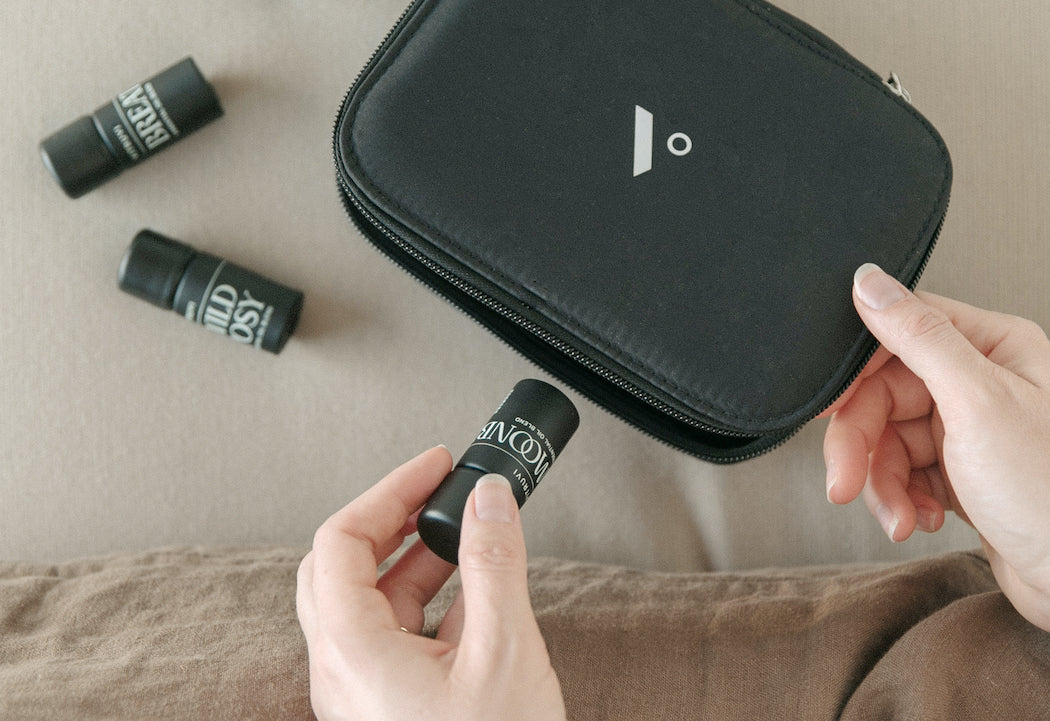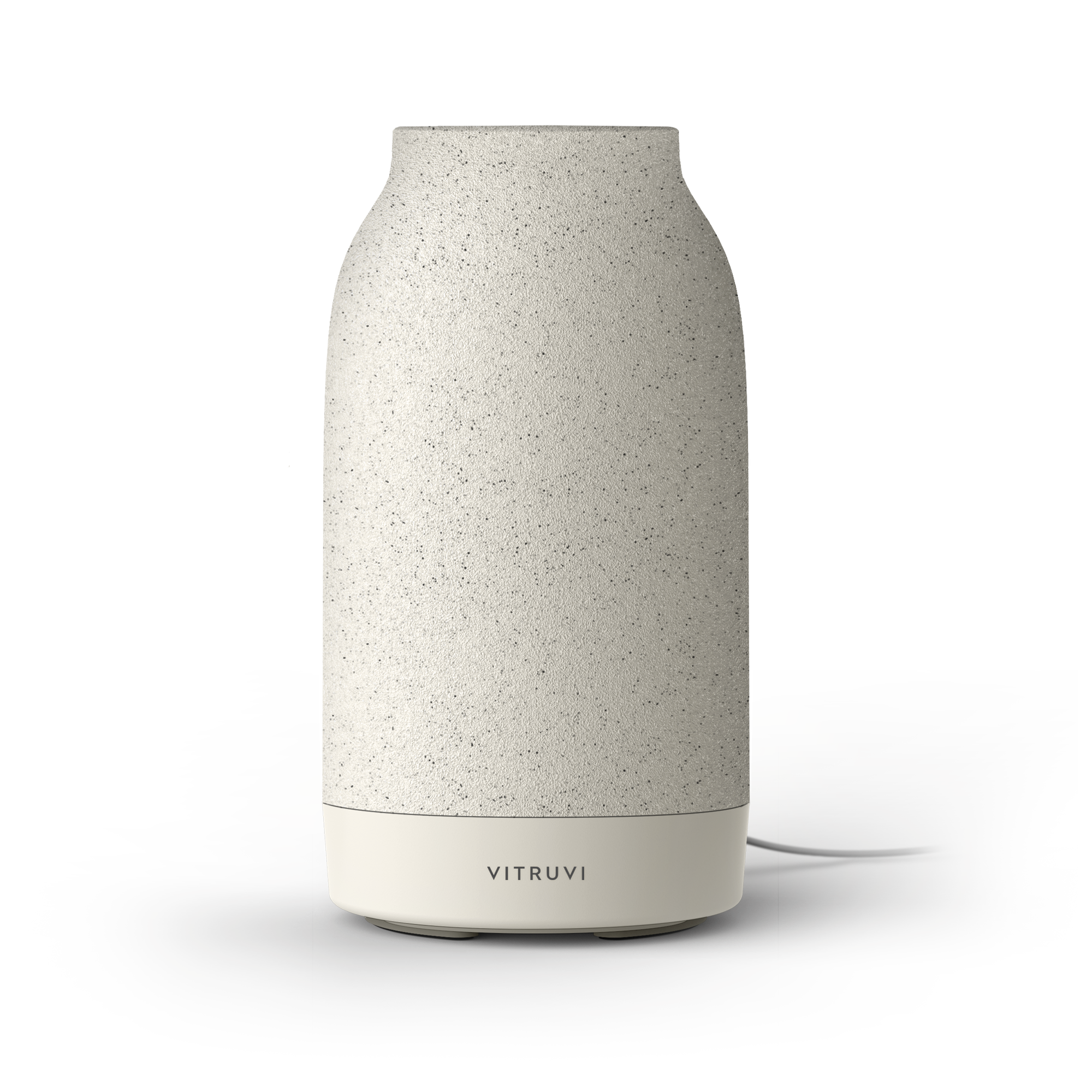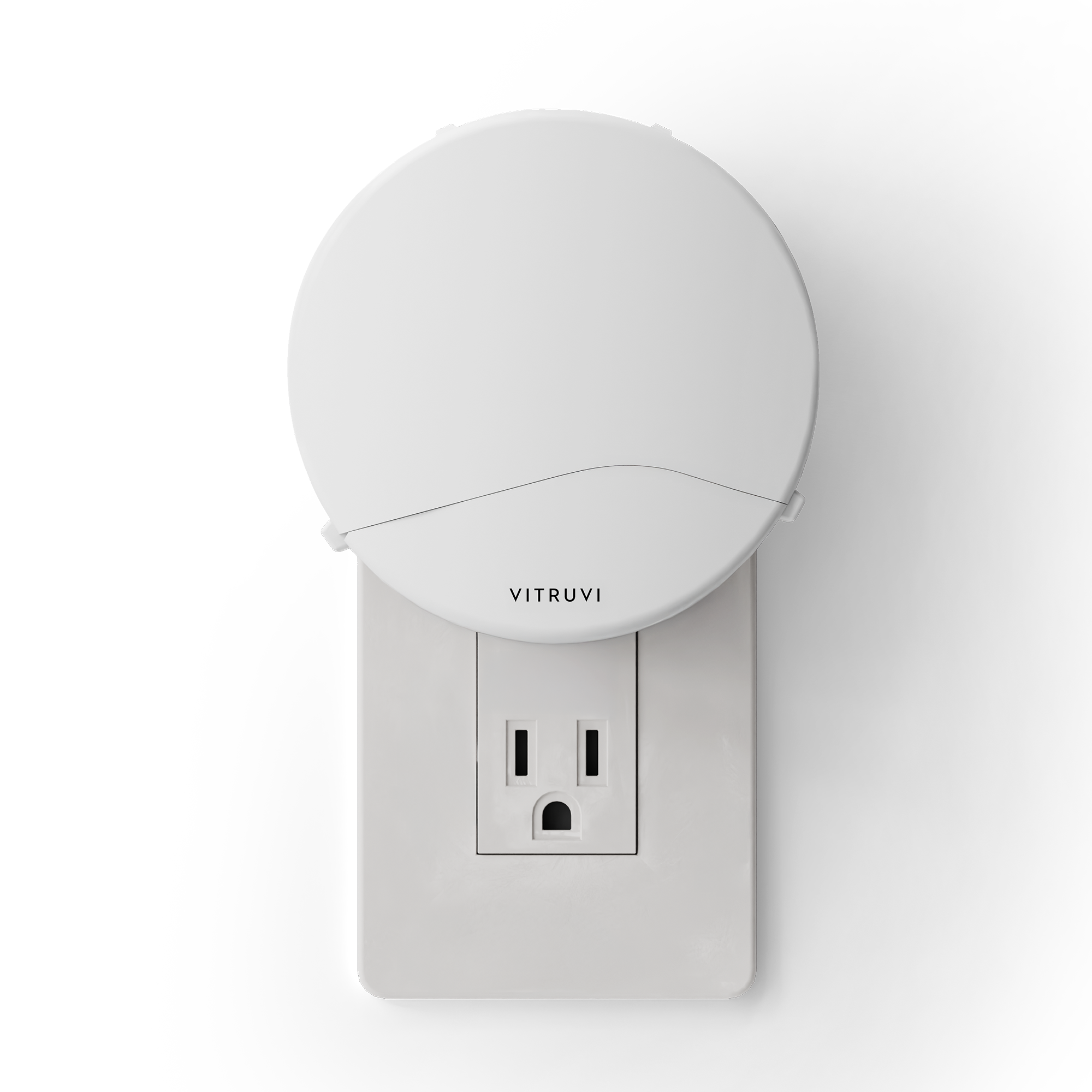This article is presented by our friends at Huha.
Fast fashion is worse than we thought. A staggering two-thirds of our clothing is made from fossil fuel synthetics, which deplete natural resources with each production run. Ultimately, 85 percent of this material is sent to landfills, unable to ever decay or decompose. So what can we do?
Let’s start with the small things. Like our underwear. Here’s how you can avoid “greenwashed” panties and say goodbye to fast-fashion knickers for good.
Learn textile keywords that are actually sustainable
Begin your search for non-toxic underwear with a few keywords. If you’re looking for gynecologist-approved 100 percent cotton drawers, search for organic cotton specifically. Furthermore, GOTS-certified organic cotton is way more sustainable than generic cotton (in terms of cO2 emissions, water consumption, and chemicals used). An example of a company making sustainable underwear from organic cotton is Arq, which is ethically sewn and also dyed with Bluesign or GOTS certifications.
If you’re not partial to cotton but dislike the idea of harmful chemicals in your undies, look for a certification called Oeko Tex. This stamp of approval looks at the end-use garment (the pair of underwear you actually pick up off the shelf) and ensures that no harmful chemicals were used at any stage of its production.
Cotton isn’t the only option when it comes to curating a sustainable underwear drawer, though. Try searching for Tencel: a botanic-origin, sustainably-produced material that is softer, bouncier, and all around more flattering than cotton.
The Mineral Undies from Huha, the brand I launched in 2020, are made from Tencel. The antimicrobial thongs, cheekies, and briefs combine Tencel Modal and Lyocell with an innovative addition to the liner: a function fiber permanently embedded with pharmaceutical-grade zinc oxide (a skin-friendly mineral with antibacterial and odor-reducing properties). Tencel is an example of a material produced with a closed-loop production. Closed-loop systems reuse material waste created during the production process and ensure production solvents don’t end up in our waterways.

Avoiding synthetics for clear underwear and oceans
Synthetic fabrics are among the top textile polluters of the fast fashion industry. According to the International Union for the Conservation of Nature, fibers from synthetic fabrics make up an estimated 35 percent of microplastics that enter the ocean.
Top synthetic polluters that you are likely to find in your top drawer include nylon, polyester, and polyamide, all of which have a much greater environmental impact than natural-origin fibers. And if we know these materials are bad for the planet, how might they be impacting our bodies? According to a study that looked at bacteria growth on wearable materials, these synthetics were at the top of the spectrum; they revealed up to 2,000 times more bacteria growth than natural-based fibers like Tencel or cotton after 24 hours, largely due to a build-up of heat and moisture.
Huha is committed to providing better undies, because what’s better for you is better for the planet, too. We are also committed to giving back to the community and the planet. During Earth Month, the support of our customers allowed us to plant over 1,000 trees; more recently, 15 percent of sales from our new limited-edition pink underwear line will be donated to the Breast Cancer Research Foundation. Lastly, we believe in sharing health, wellness, and body-confidence stories in order to inspire everyone to feel beautiful in their own skin.












